Media | Articles
Ford’s 640 lb-ft “Megazilla” crate engine, 271K Subarus recalled, world’s longest Hot Wheels track?
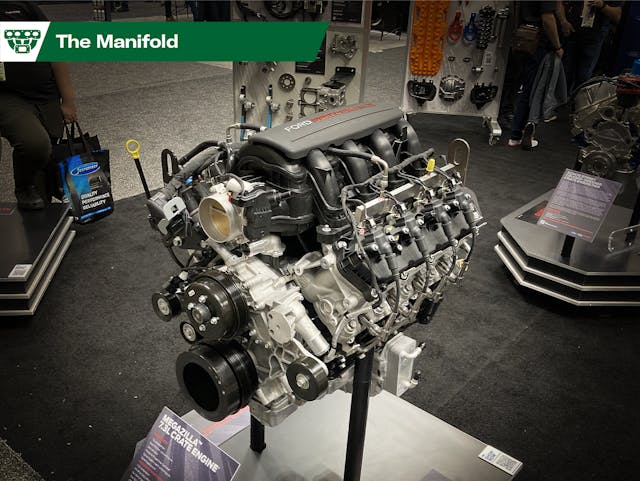
615-hp “Megazilla” keeps Ford’s crate V-8 party rockin’
Intake: Two years after teasing its name, Ford has finally revealed the “Megazilla” crate engine and some of the specs on the meanest version of its 7.3-liter V-8 yet. We first saw the details posted at Motor Authority, who kindly included a photo of the display that Ford posted near the engine with its healthy specs: more than 500 lb-ft of torque from 2500–6000rpm, peak power of 615 hp at 5800 rpm, and peak torque of 640 lb-ft at 3800 rpm. Those power and torque numbers come by way of forged Mahle pistons and Callies H-beam rods, CNC-ported cylinder heads, and a unique intake manifold that should make it an easier fit in classic cars.
Exhaust: This new-school, pushrod big block is not even Ford’s most powerful, as it offers 572-cube crate engines that produce 655 hp. Those are based on the 385-Series engines that haven’t been in production use since the late ’90s. This one, however, will make for an excellent choice in restomods looking for a fuel-injected V-8 from the Blue Oval, especially if it might be a tight squeeze. The factory 7.3-liter used in the Super Duty produces its peak of 430 hp at 5600 rpm and this crate engine manages to churn out an extra 185 hp by spinning just 200 rpm faster, suggesting those CNC-ported heads are mighty efficient at flowing air. Also, its 2000-rpm spread between torque and horsepower peaks shows that the engine isn’t high-strung and peaky, another sign that this will be a fantastic street engine when it goes on sale in the second quarter of 2023. — Brandan Gillogly
McLaren seeks inspiration from the skies with Lockheed Martin Skunk Works

Intake: McLaren and Lockheed Martin are teaming up in a “technology collaboration” which will “focus on deploying a new Skunk Works’ design system, developed for the world of aviation, into the realms of high-performance, cutting-edge automotive supercar design.” McLaren adds that the new system will enable the British supercar maker to set “parameters for high-speed systems more accurately and swiftly than traditional design methods.” It also gives McLaren an excuse to park its new Artura next to the Lockheed Darkstar hypersonic jet from Top Gun: Maverick. The aircraft is a fantasy, but the collaboration should result in real-world benefits for McLaren.
Exhaust: Anyone hoping for a stealth-capable supercar is likely to be disappointed, as the partnership appears to concentrate on deploying the Skunk Works’ design software for automotive use rather than using any actual aerospace features in future McLarens. — Nik Berg
271,694 Subaru Ascent SUVs recalled for fire risk
Intake: Subaru has announced a recall of nearly 272,000 units of its Ascent three-row SUV. The affected models, ranging from the 2019 model year to the 2022 model year, pose a risk of catching fire. Subaru says that a ground bolt for the Positive Temperature Coefficient (PTC) heater may have been improperly fastened, which could melt the ground terminal and surrounding components, increasing the risk of fire when the PTC is in use. Subaru says that no crashes or injuries have been reported due to this issue. Owners are advised to park their Ascents away from garages, car ports, and other structures, and are also advised not to leave the vehicle unattended while the vehicle is running. To see if your vehicle is affected, head to this website, or head to the NHSTA website and enter your 17-digit vehicle identification number. If you Ascent is part of the recall, Subaru says that all retailers will replace the ground bolt, and inspect the ground wire and connecter, replacing all additionally affected components at no cost.
Marketplace
Buy and sell classics with confidence
Exhaust: For all the noise you hear about electric vehicles posing huge fire risks, it’s worth remembering that gasoline-powered cars are still fire risks as well. In fact, statistically speaking, EV fires are far less likely to occur than fires in gasoline-powered cars. Kudos to Subaru for handling the mistake openly and working to rectify the problem. — Nathan Petroelje
Superstar Racing Experience (SRX) joins ESPN in its third season
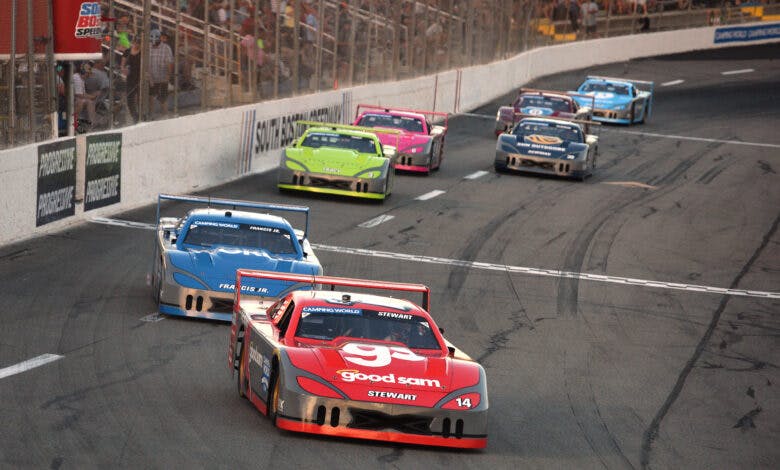
Intake: Superstar Racing Experience (SRX) has a new home in ESPN. On Monday, the spec racing series announced a multi-year agreement with the sports channel as it leaves CBS. In addition to the new broadcasting partner, SRX will ditch the traditional Saturday short track racing schedule it has maintained in its first two seasons and move to Thursday night. NASCAR, IndyCar, and champions from other disciplines will compete on six consecutive Thursdays, from July 13th through August 17th, to determine the 2023 SRX Champion. Dubbed “Thursday Night Thunder,” this concept is a throwback to a grassroots racing series that ESPN aired in the 1980s and ’90s. “Thursday Night Thunder is where guys like me, who were just starting our careers in USAC, got the chance to make a name for ourselves because of its presence on ESPN,” said Tony Stewart, SRX co-founder and 2021 SRX champ. “It’s great to see Thursday Night Thunder return, but also be part of it all over again with SRX.”
Exhaust: Surely, the stateside swell in Formula 1 enthusiasm has boded well for ESPN, as it currently owns exclusive North American broadcasting rights to the series. And on the eve of a monumental NASCAR television contract, filled with high dollars and unknown suitors, this SRX acquisition could be an opportunity for ESPN to stamp itself as a motorsport authority. Time will tell. Until then, you should tune into SRX this summer. In its first two seasons, the short track super series has delivered on the drama, with plenty of flaring tempers and fantastic finishes. — Cameron Neveu
Is this the world’s longest Hot Wheels track?
Intake: A former NASA engineer claims to have built the world’s longest Hot Wheels track, at over half a mile in length. Science vlogger Mark Rober built the track inside his Crunch Labs warehouse and used more than 75 official Hot Wheels speed boosters to propel a tiny car through a crazy series of switchbacks in order to cover sufficient distance to exceed the current Guinness World Record of 2464 feet, four inches set in Australia in 2020.
Exhaust: Rober’s record hasn’t yet been officially recognized by Guinness, but Christmas has still come early for the excitable engineer. “As a kid making Hot Wheels tracks was kind of a big deal, so I figured now that I’ve got this massive space why not make the world’s longest Hot Wheels track?,” he says. Seems a plenty good reason in our eyes. — NB

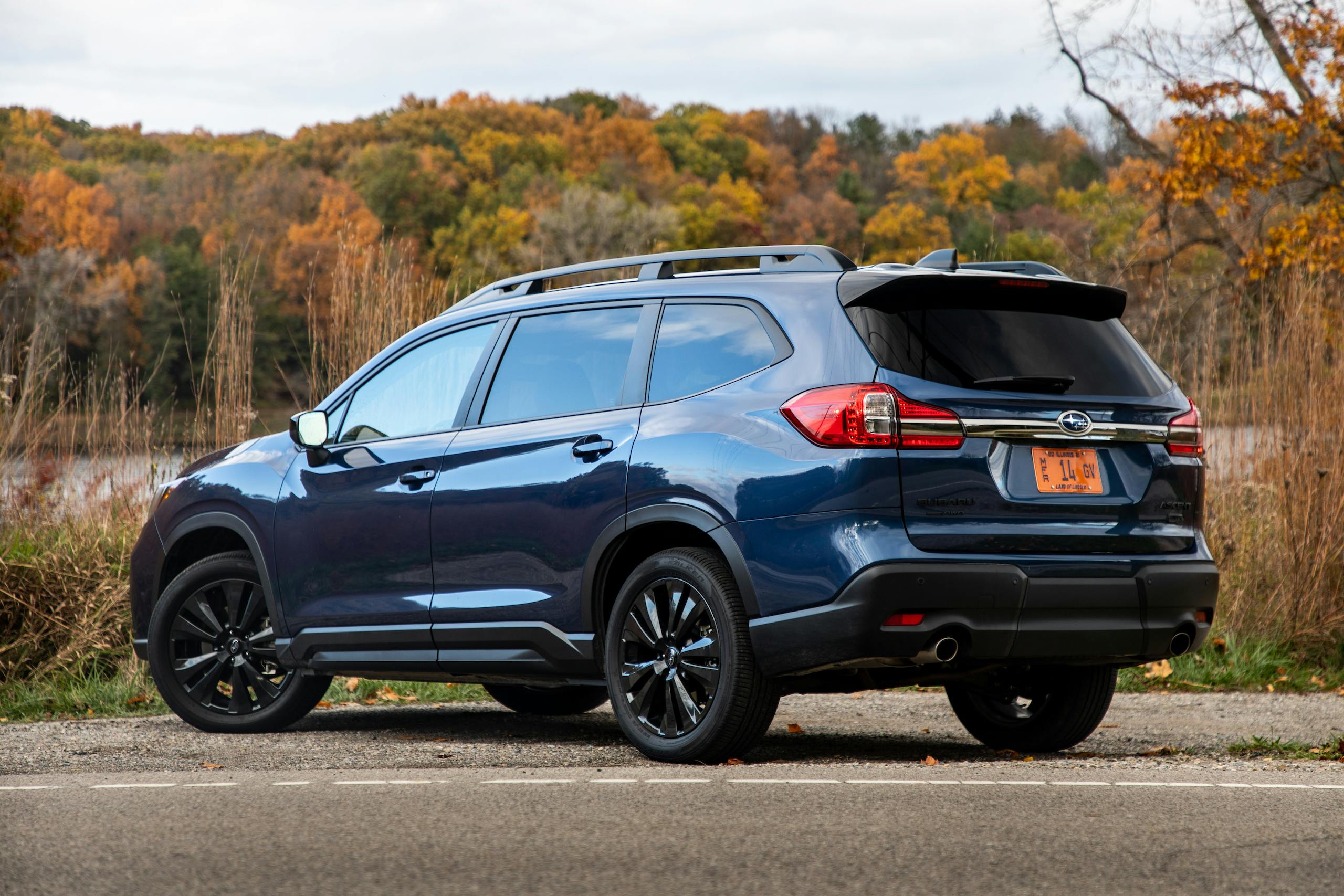
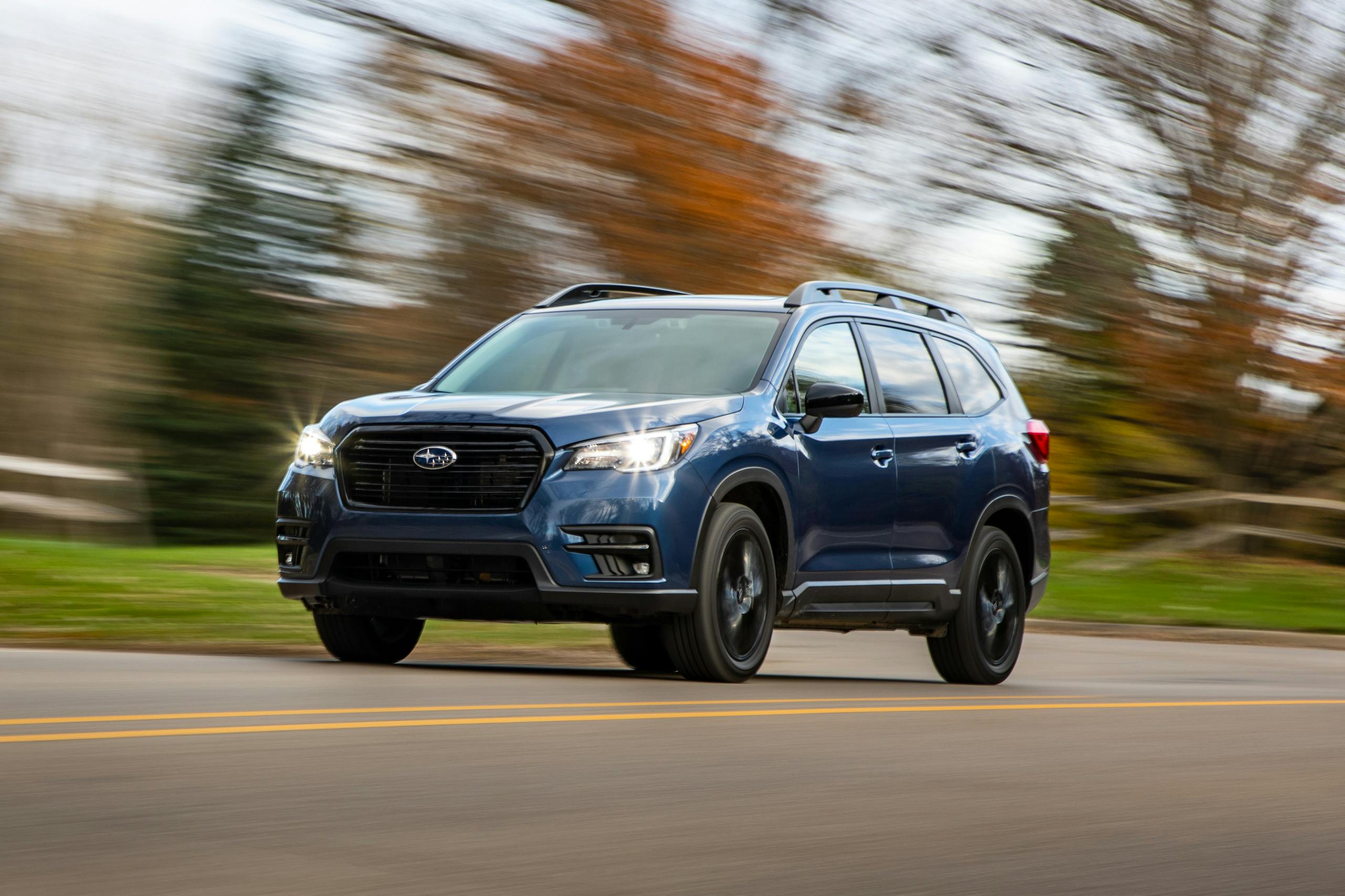
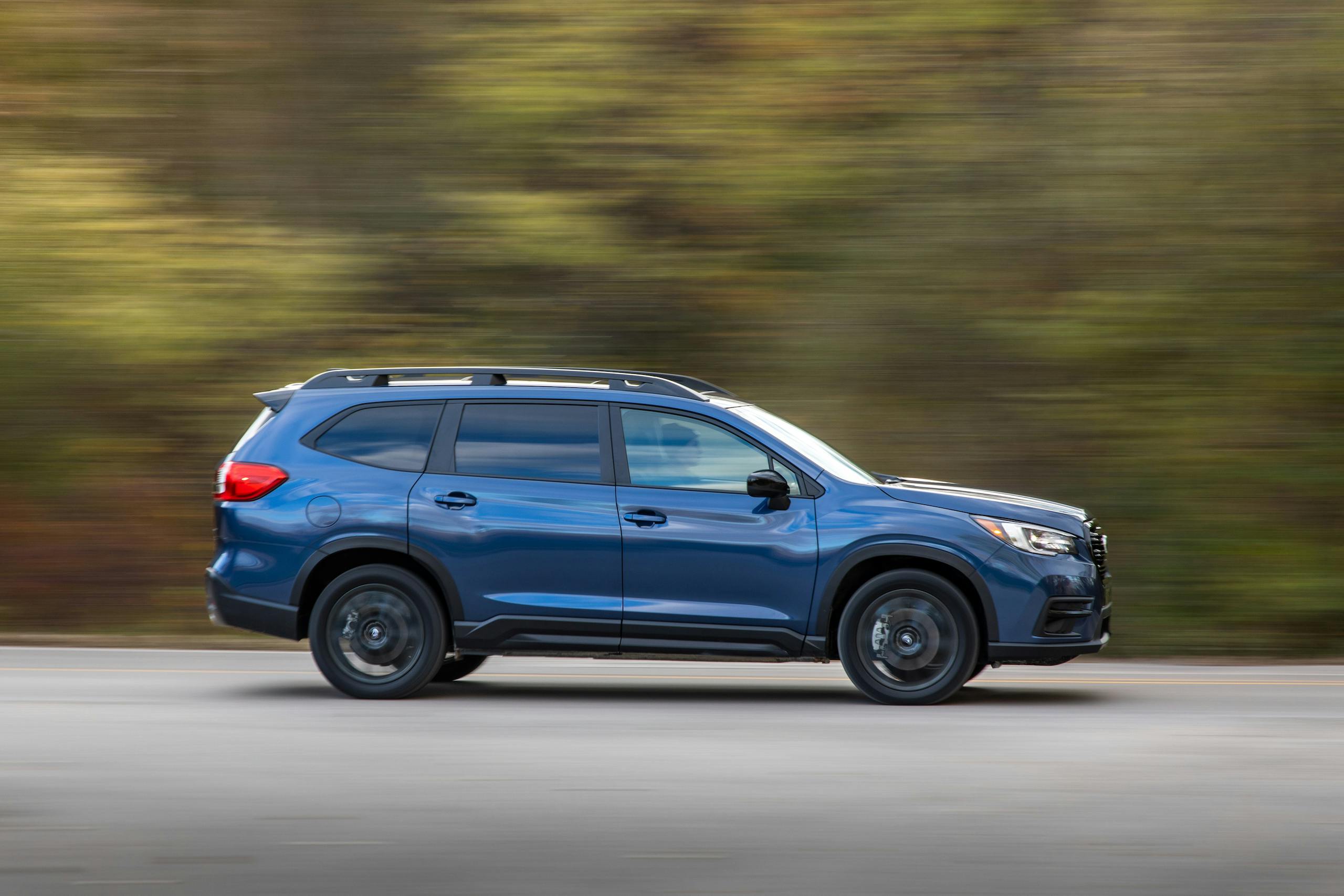








Clarence Johnson hated the term “Skunk Works” — you couldn’t say it in his presence. But, before he worked on airplanes, he designed the aerodynamic bodies for the Studebaker factory team at Indianapolis. McLaren is a little behind the shockwave on this one.
Megazilla looks very interesting. Silly name aside it looks like a good engine for classic cars.
I can see why Ford is doing this engine, to compete with the LS Engines, but I think Chevy is to entrenched to make a dent into it. I think they should build their cammer engines in the same displacement as Chevy and Stellantis. They would blow the valve covers off the LS/Hemi.
That Megazilla would be fun in a modern day Maverick… if you could somehow strip out all the electronics to make it work.